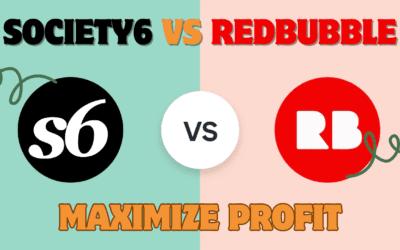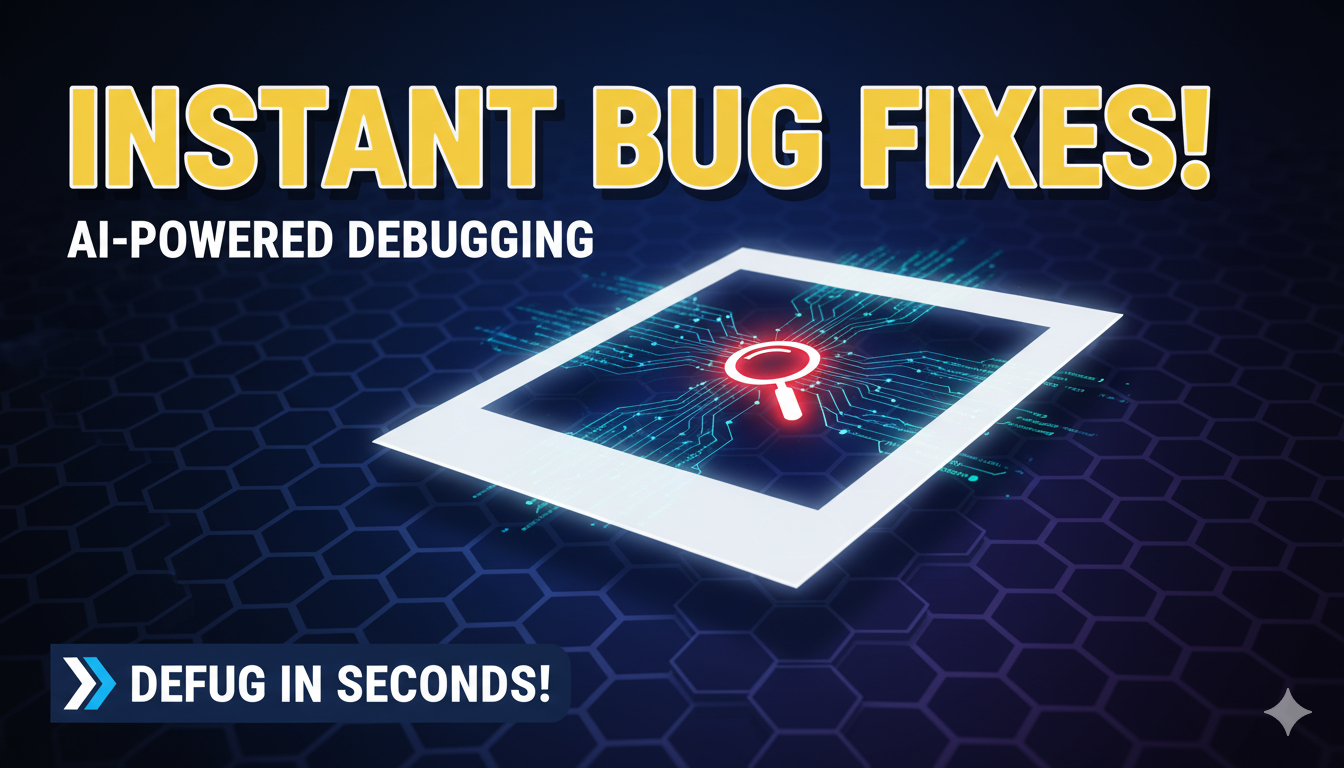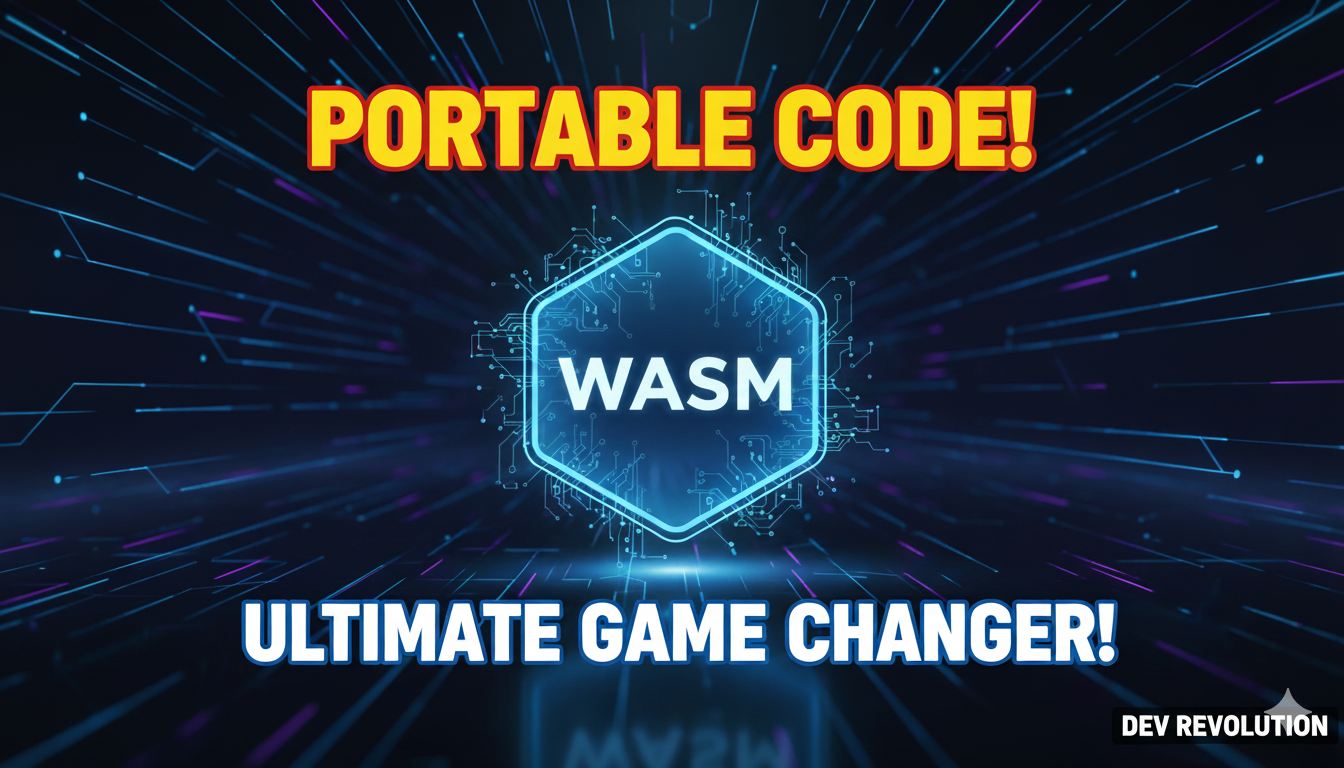You’ve been given access to a powerful AI tool. Your task is to draft a project update email. You type, “Write a project update,” and get back a generic, barely usable draft. Frustrating, right? The problem isn’t the AI; it’s the instruction. This is where prompt engineering comes in—and it’s not just for developers. It’s the art and science of communicating effectively with AI to get the best possible results. For non-technical professionals in marketing, HR, sales, and operations, mastering this skill is no longer a nice-to-have; it’s a core competency for the modern workplace. This guide will demystify effective AI communication and provide a practical framework any professional can use to bridge the communication gap with AI, boosting their productivity and output quality.
Why Prompt Engineering Matters for Non-Technical Roles
Artificial intelligence is no longer a fringe technology. Recent data shows that 54.6% of adults now use generative AI, with work adoption climbing steadily . This isn’t a trend led solely by IT departments. Businesses are investing heavily, with the global AI market valued at $391 billion and projected for massive growth . The question has shifted from if your company will use AI to how effectively you will use it.
For non-technical roles, learning prompt engineering is the key to unlocking this value. It directly translates to:
- Increased Efficiency: AI can handle routine tasks like drafting emails, summarizing reports, or generating ideas, freeing you for higher-level strategic work. Workers report that generative AI saves them time equivalent to 1.6% of all work hours .
- Better Outcomes: A well-crafted prompt can produce a marketing campaign strategy, a nuanced HR policy, or a data-driven sales report that a vague prompt simply cannot.
- Reduced Reliance: Instead of waiting for a technical team to build a custom tool, you can leverage general AI tools to meet your own needs, accelerating your workflow and fostering innovation.
The Fundamentals of Effective AI Communication
Think of an AI as a brilliant but literal-minded intern. You wouldn’t tell a new intern, “Do that marketing thing.” You’d provide clear, detailed instructions. The same principle applies to AI. Let’s break down two foundational rules.
Be Specific and Provide Context (The S.P.C. Rule)
The single biggest mistake is being too vague. Specificity and context transform a useless output into a perfect first draft.
- Weak Prompt: “Write a social media caption.”
- Effective Prompt: “Draft a three-point, engaging LinkedIn caption for our new project management software, ‘FlowEasy,’ aimed at startup founders. The tone should be professional yet relatable. Include one emoji. The key points to cover are: effortless task tracking, seamless team collaboration, and a 20% increase in productivity. End with a question to encourage comments.”
The second prompt gives the AI a clear role, audience, format, tone, and key messaging, resulting in a ready-to-use asset.
Define the Output Format
Explicitly tell the AI how you want the information structured. This prevents paragraphs of text when you need a bulleted list or a table.
- Instead of: “Summarize the customer feedback.”
- Try: “Summarize the attached customer feedback into a table with three columns: ‘Main Complaint,’ ‘Frequency Mentioned,’ and ‘Recommended Action.’ Present the top five issues based on frequency.”
By directing the format, you eliminate the need to reformat the information yourself, saving time and ensuring consistency.
4 Core Prompting Tactics for Non-Tech Teams
Now, let’s apply these fundamentals to advanced tactics tailored for specific business functions.
Tactic 1: Role-Playing for Marketing and Content
Instruct the AI to adopt a specific persona or expertise. This elevates the response from generic to expert-level.
- Example Prompt: “Act as a seasoned SEO specialist with 10 years of experience. Generate five blog post topics for a B2B SaaS company selling cybersecurity software. The topics should focus on long-tail keywords and address common concerns of IT managers.”
Tactic 2: Constraint Setting for HR and Operations
Use constraints to ensure the output meets practical requirements like length, style, and compliance.
- Example Prompt: “Draft a new remote work policy for our 100-person company. The policy must be under 500 words, written in clear and accessible language (no legal jargon), and must include sections for core collaboration hours, data security requirements, and equipment reimbursement.”
Tactic 3: Iterative Refinement for Sales and Support
Your first prompt is rarely your last. Treat AI communication as a conversation. Use follow-up prompts to refine the output.
- Initial Prompt: “Write a response to a customer who received a damaged product.”
- AI’s Initial Output: A generic apology email.
- Follow-up Prompt: “Make the tone more empathetic. Add an offer for a 15% discount on their next purchase, and explicitly state that a replacement is being shipped via express delivery at no cost.”
This process allows you to steer the AI toward the perfect final product.
Tactic 4: Chain-of-Thought for Complex Tasks
For complex tasks, ask the AI to “think step-by-step” or break down the process. This is invaluable for strategic planning.
- Example Prompt: “We are launching a new eco-friendly coffee brand. Create a go-to-market launch plan. Please structure your response by thinking step-by-step: 1) Identify the target audience personas, 2) Outline three key marketing channels to reach them, 3) Propose a pre-launch buzz campaign, and 4) Suggest a launch-day promotional strategy.”
Conclusion: Empower Your Workflow with AI Communication
Mastering prompt engineering for non-technical teams is not about learning to code; it’s about learning to communicate with clarity and precision. It’s a fundamental piece of AI literacy that empowers you to harness one of the most transformative technologies of our time. By being specific, defining your format, and using tactical approaches like role-playing and iterative refinement, you can dramatically increase your efficiency, produce higher-quality work, and reduce your dependency on overstretched technical resources. The businesses that thrive will be those where effective AI communication is a shared skill across all departments. Don’t just wait for AI to change your workflow—start directing it with your prompts today.
Sources and References
- Citation 1: The State of Generative AI Adoption in 2025 | St. Louis Fed – Data on AI adoption rates (54.6%) and reported time savings (1.6% of work hours).
- Citation 4: AI Adoption Statistics in 2025 | Netguru – Data on the global AI market size ($391 billion).
- Citation 9: AI Statistics 2024–2025 | Founders Forum Group – Supporting data on AI market growth and enterprise adoption trends.


















